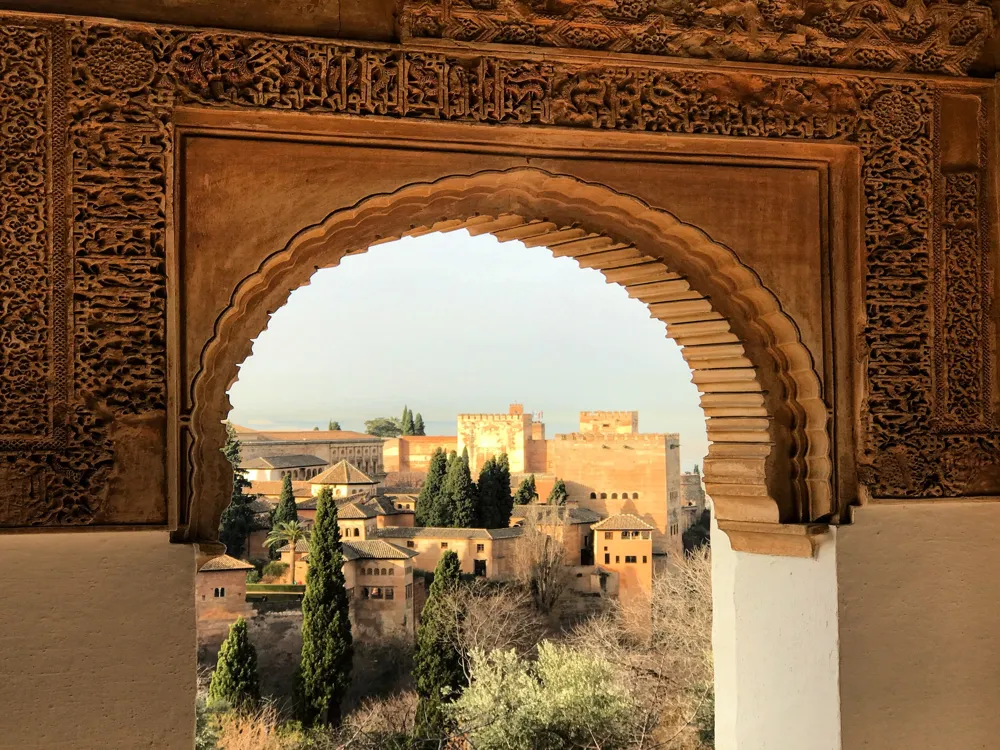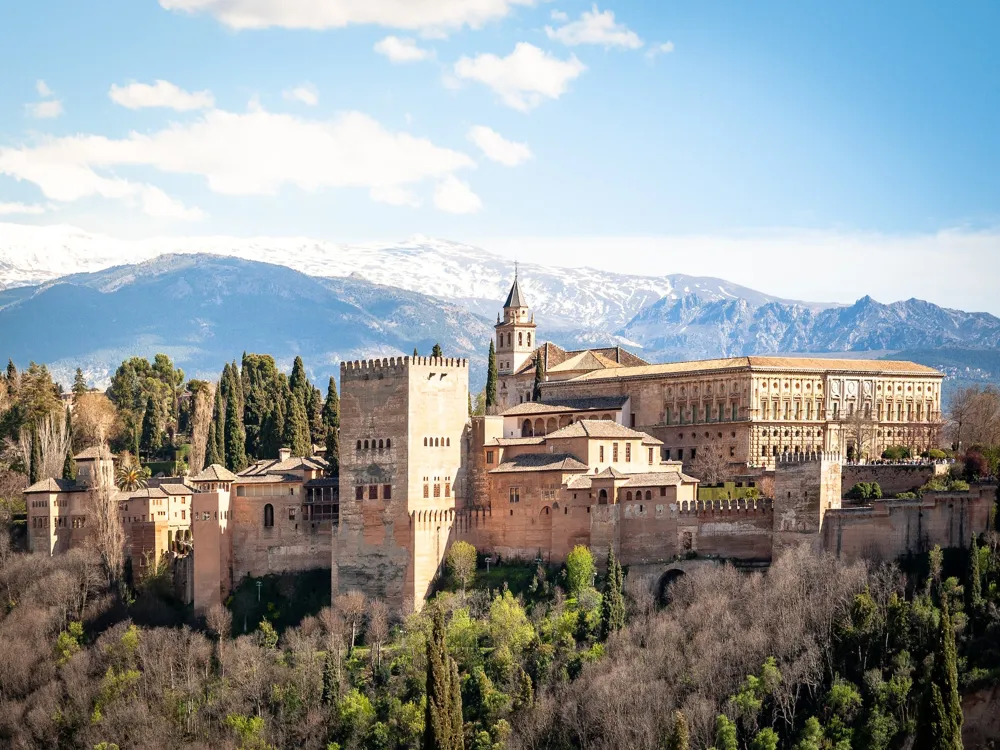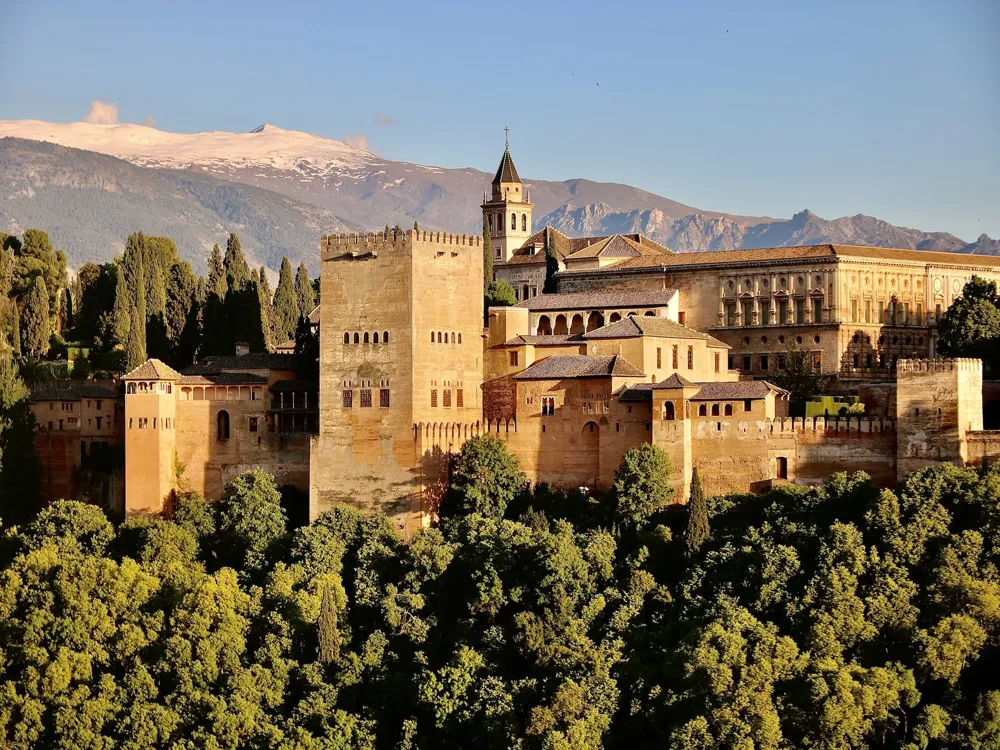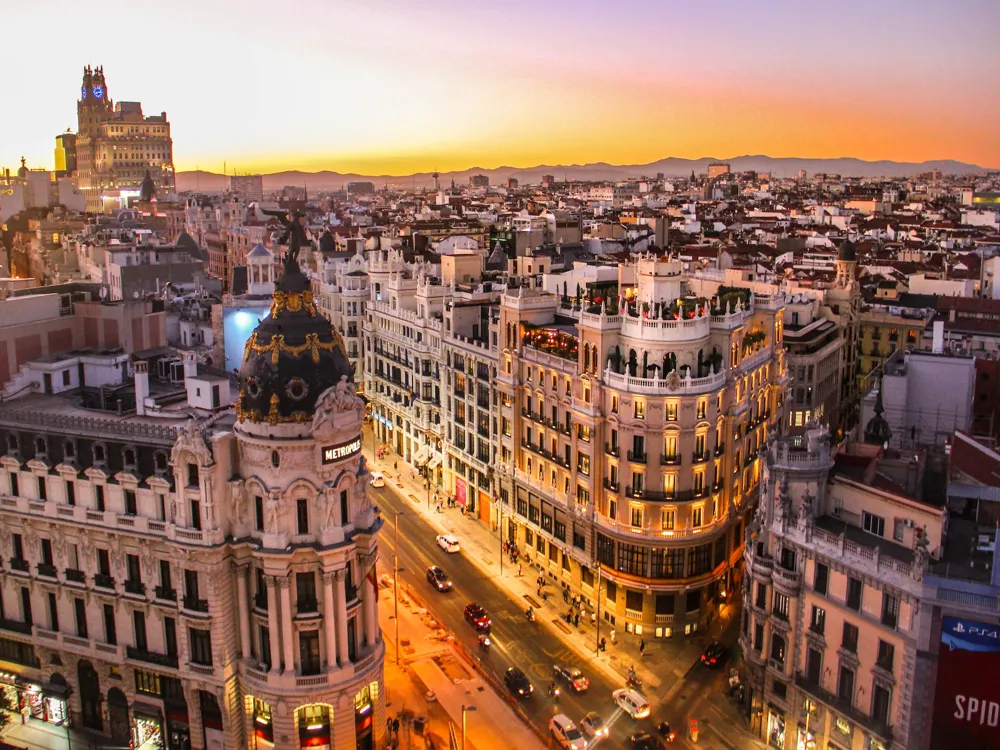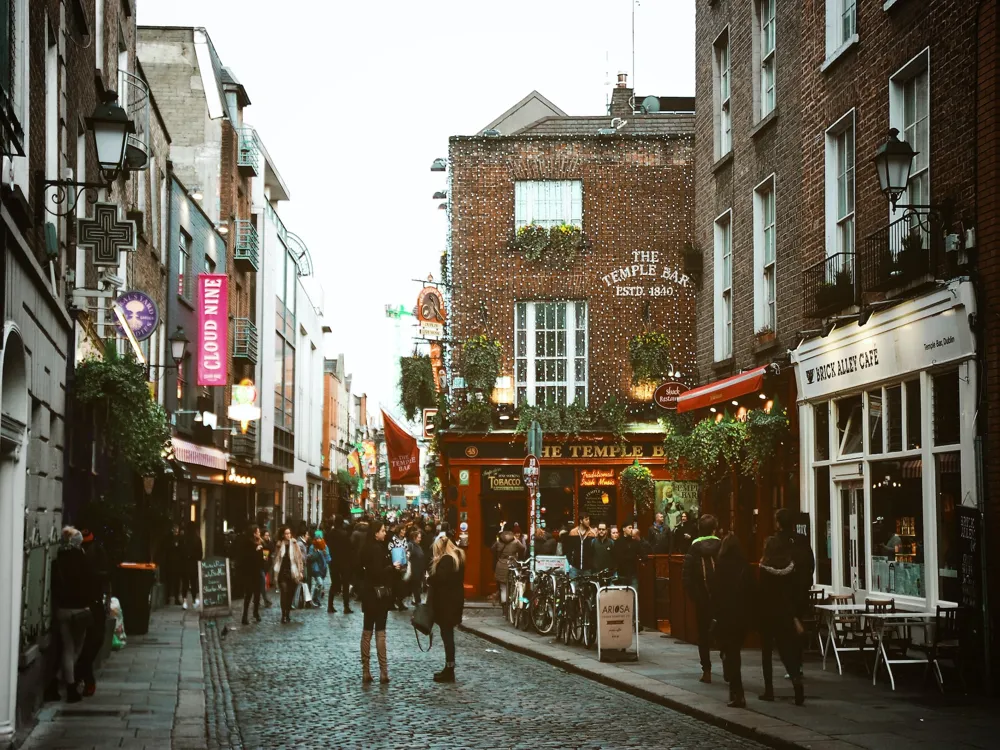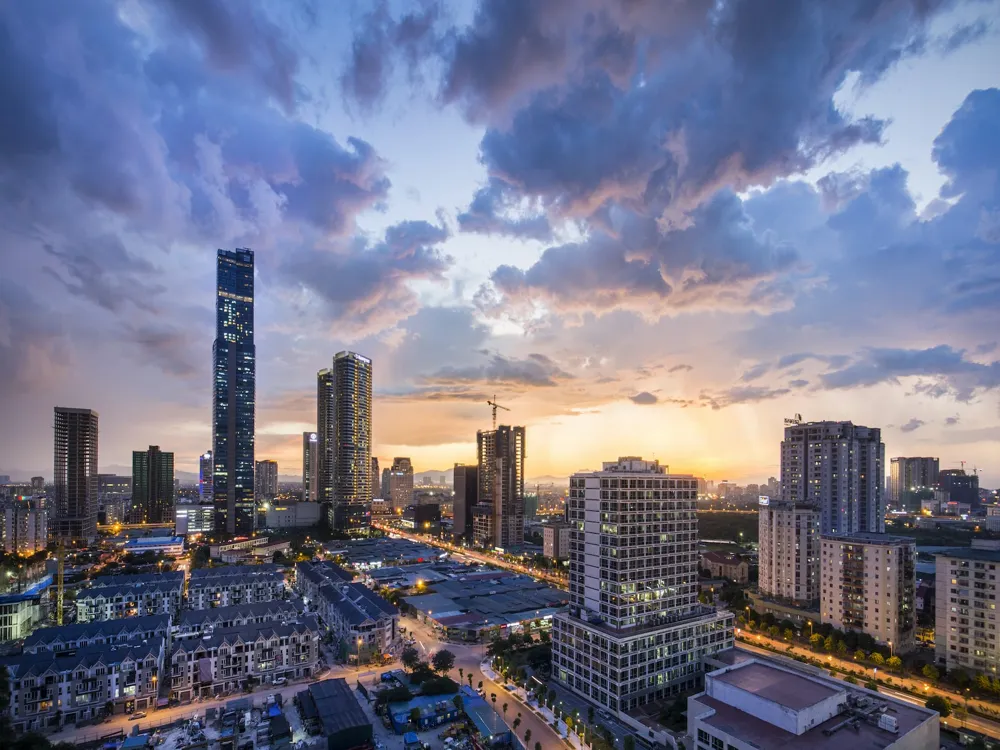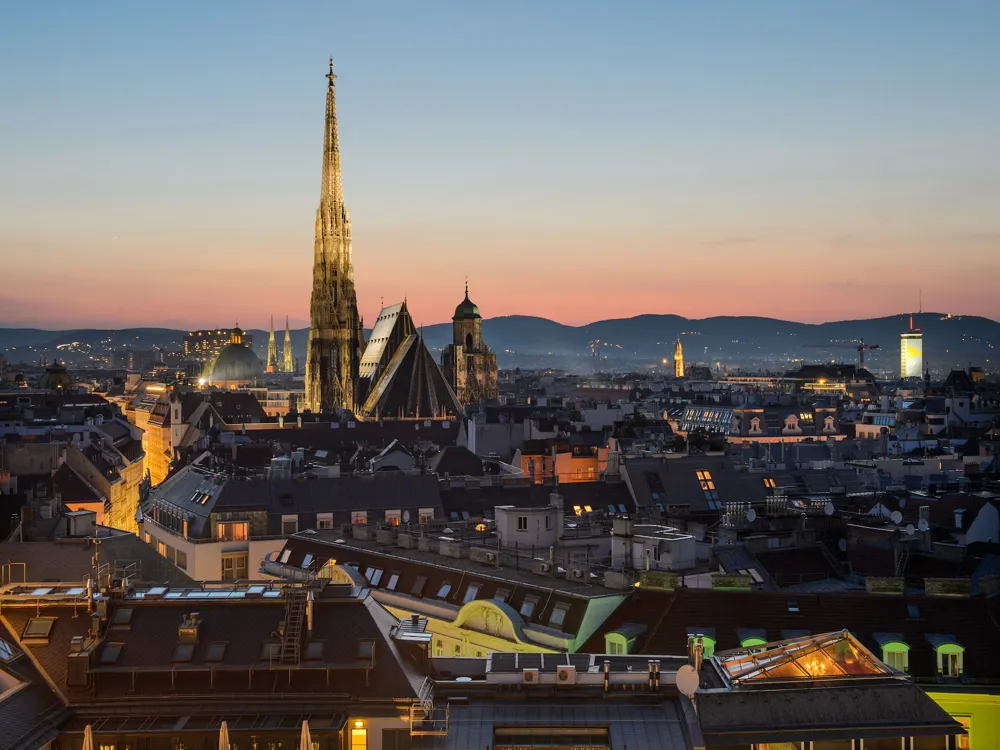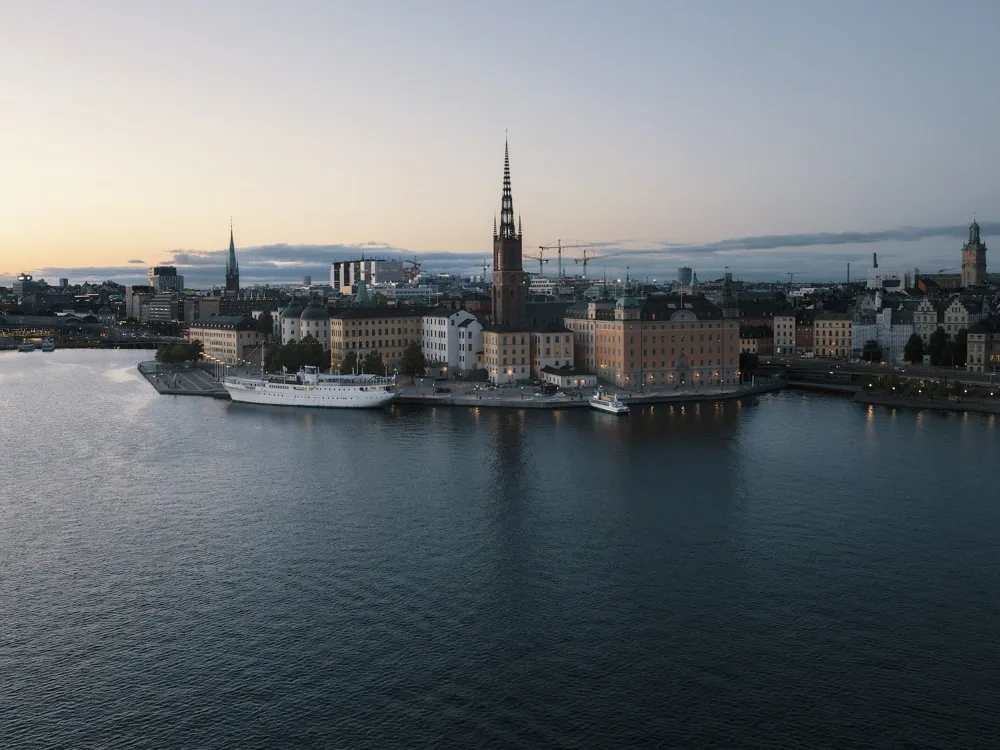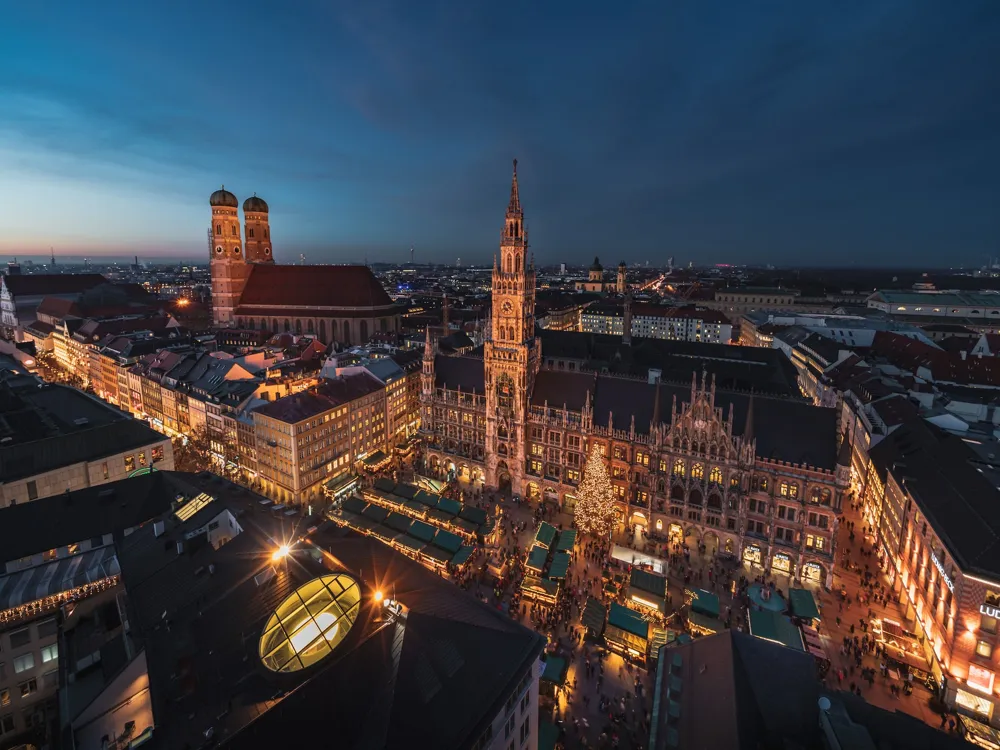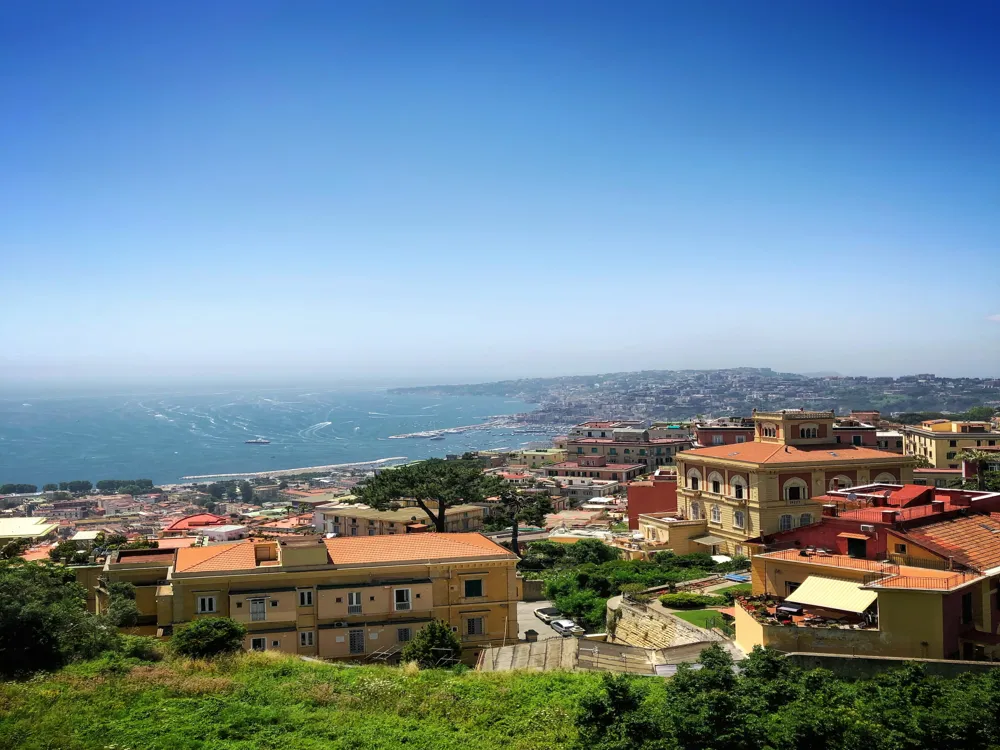Plan Your Travel To Granada
Places To Visit In Granada
Albaicn
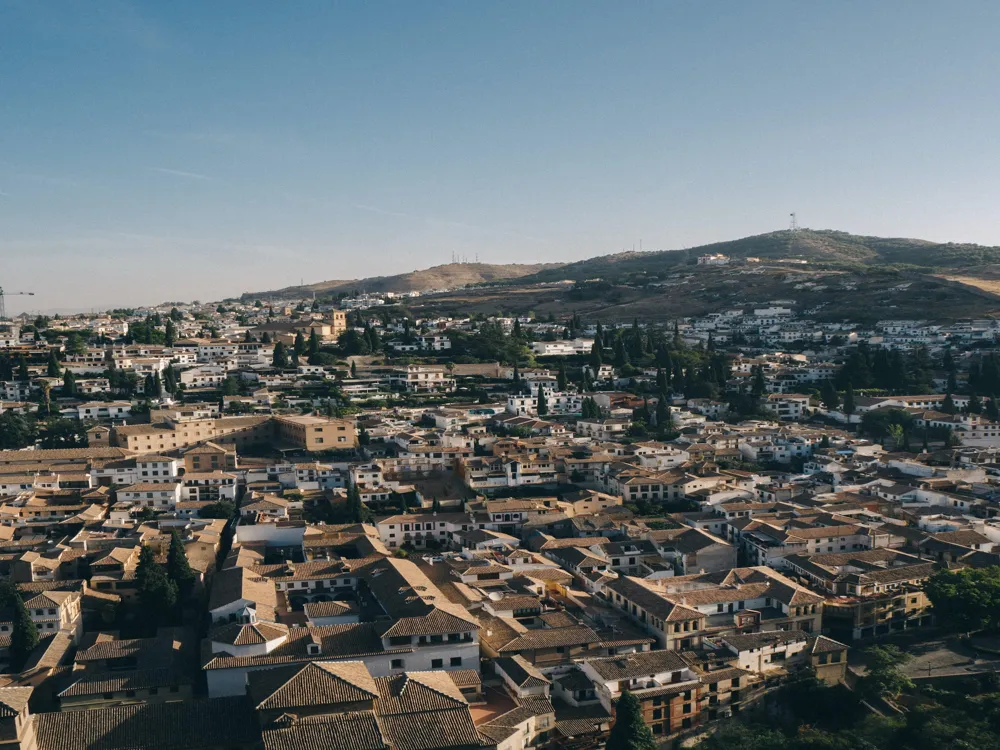
Albaicn is an ancient Muslim neighbourhood with narrow lanes, white washed buildings, Arabic shops and beautiful gardens. Situated on top of the hill, this place offers stunning views of the Alhambra and Granada. Dating back to the fourteenth century, Albaicn was built as a defensive town.
Another UNESCO World Heritage Site, the Albaicn is a quite and serene hillside area in Granada. Situated in the slopes of Sacromonte, this historical Arab quarter is characterized by narrow, beautiful lanes and whitewashed buildings, which portray the Moorish character of the place. The town stretches from Puerta Nueva to Puerta Monaitia. One can get the best view of the walls from Cuesta de la Alhacaba, near the Puerta de Elvira, the main gain of the town. A lot of places in Albaicn provide great outlooks onto the Alhambra, which is located on the other side of the gorge of Rio Darro. There are a lot of churches in the region like the Church of San Salvador, Church of San Nicolas, and others.
Read More
Alhambra

One of the most famous sights in Granada, Alhambra, is a palace and a fortress built during the Nasrid reign. The palace has Islamic architecture, from where one can get stunning panoramic city views. It is one of the UNESCO World Heritage sites.
With the Sierra Nevada mountains as the backdrop, the Alhambra stands with grandeur on a hilltop in Granada. Once the residence of the Moorish kinds of the Nasrid dynasty, the Alhambra is now a museum of Islamic architecture. An impenetrable fortress, this site was one of the most precious stronghold of the Moors. There are four groups of buildings which form the Alhambra. The Alcazaba fortress is the most important as well as the oldest part. There are the Nasrid Palaces which are huge buildings with beautiful accommodations, generally used by the Sultans. After the conquest of the Moors in the 16th century, the Palace of Charles V was built within the compound. The entire place is made more scenic with the Generalife, which consists of the Moorish gardens, fountains, patios and flowered terraces.
Read More
Cartuja Monastery
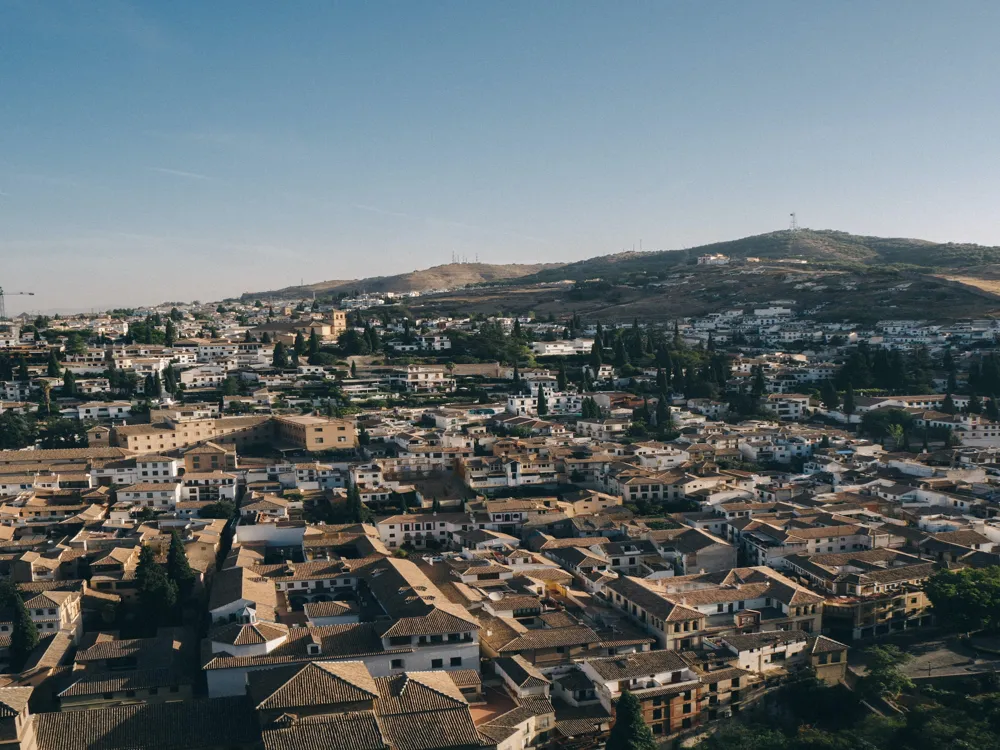
A specimen of popular Baroque style of architecture, Cartuja Monastery , is situated on the city's outskirts. There is a cloister garden at the entrance, followed by small rooms with paintings of the martyrs. The single-nave church in the compound is beautifully decorated.
It was under construction in the 16th century, but it was completed three centuries later. Monasterio de la Cartuja, also called the Monasterio de la Nuestra Senora de la Asuncion, belonged to the Carthusian order. It is characterized by a simple, yet elegant exterior, a bright courtyard and a marvellous interior. It houses an ornately decorated church which is one of the most beautiful religious buildings in Spain. The Baroque Sanctuary in the monastery displays beautiful paintings, marble statues, altar pieces and other artwork with intrinsic details. The sacristy, designed by Luis de Arevalo, is the most important feature of the church. There is a painting of Last Supper by Fray Juan Sanchez Cotan in the refectory.
Read More
Granada Cathedral

Built during the reign of Queen Isabella in the 16th century, the Granada Cathedral reflects the wealth and historical power of the Spanish. A perfect example of Spanish Renaissance-style architecture, it has beautiful white and gold interiors.
The Cathedral of Granada is also known as the Cathedral of the Incarnation. It is a Roman Catholic church located in the city of Granada and is the seat of the Archdiocese of Granada. Built by Queen Isabella, this church is built on the site of the mosque right after Granada was conquered by the Catholics. It is one of the masterpieces of the Spanish Renaissance style with beautiful facades and impressive interiors. It has a rectangular base with five naves and two towers. The left tower is called the San Miguel tower. There is a series of Corinthian columns in the main chapel. There is a vault which houses a number of stained glass windows. The facade is made stunning with a triumphal arch with canvas and portals. It also has three pillars crowned by arches.
Read More
Hammam
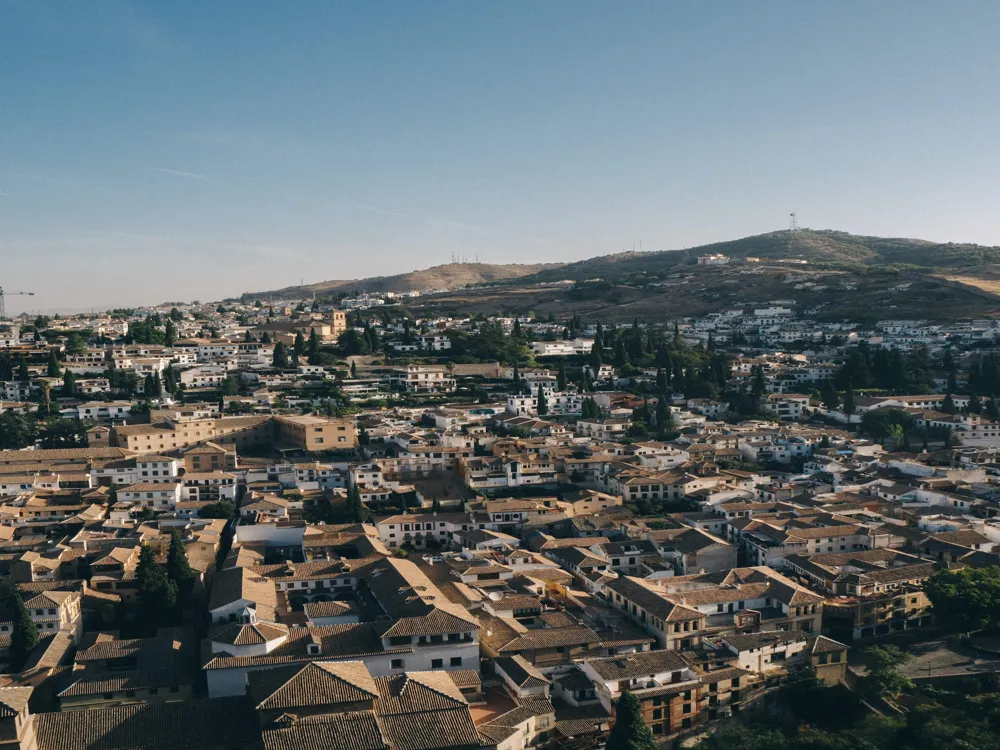
Hammams are similar to the modern day spas, which are reconstructed in the form of ancient Muslim baths, which an Arabic ambience and decoration, providing bath and massage services to the tourists.
Originating from North Africa, the Moors brought the ritual of the Hamman, commonly known as the Arab Baths, to the Andalusian region. It is a gateway to indulge in authentic Arabic traditions, where a visitor can pamper themselves. The authentic Moorish style Arab Baths are known as the Hammam Al Andalus. One of the hammams are located on the foot of Alhambra, and it is opened to public access. The baths are made beautiful with gorgeous Islamic style tile works and huge arches. There are three bathing pool in the Hammam, the cold water, the warm water and the hot water pool. After taking a dip in the pools, people have the option to ask for a massage or a spa treatment that uses fragrant Andalusian oils.
Read More
La Alcaiceria
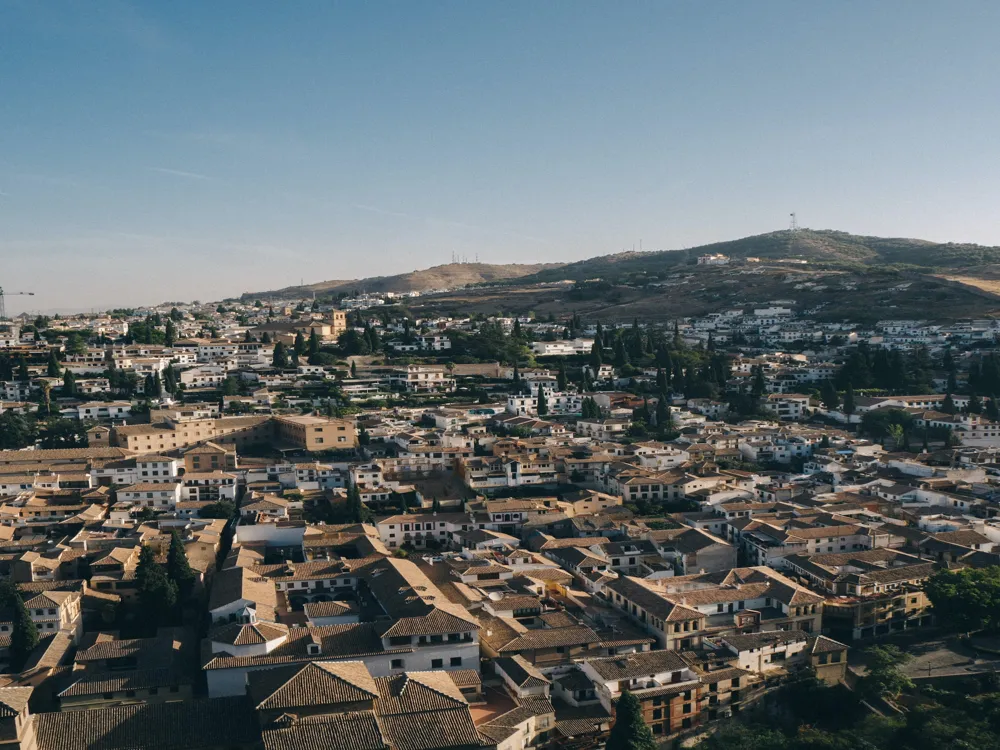
Originally the Moorish silk market under the Muslim's rule, the Alcaiceria is a set of narrow alleyways, located on the south of the Cathedral. Rebuilt in the 19th century, the present market has most of the souvenir stores under the Moorish archways and decorated walls.
La Alcaiceria or the Arab spice market is one of the most popular destinations in the city among the visitors. An old Moorish market existed in this location before the 1843 fire destroyed everything. La Alcaiceria is just a mere recreation of that traditional Arab market area. Situated close to the Cathedral of Granada, the souk runs from the Plaza Alonso Cano on the Calle de la Alcaiceria. One can get lost in the maze like streets, that are connected to each other from different areas. It was once the major silk and spices market. In present times, there are only souvenir and craft stalls present on those narrow lanes. Plaza Bib Rambla lies next to the souk which is a happening public square. There is a beautiful fountain in the centre of the square.
Read More
Madraza Palace
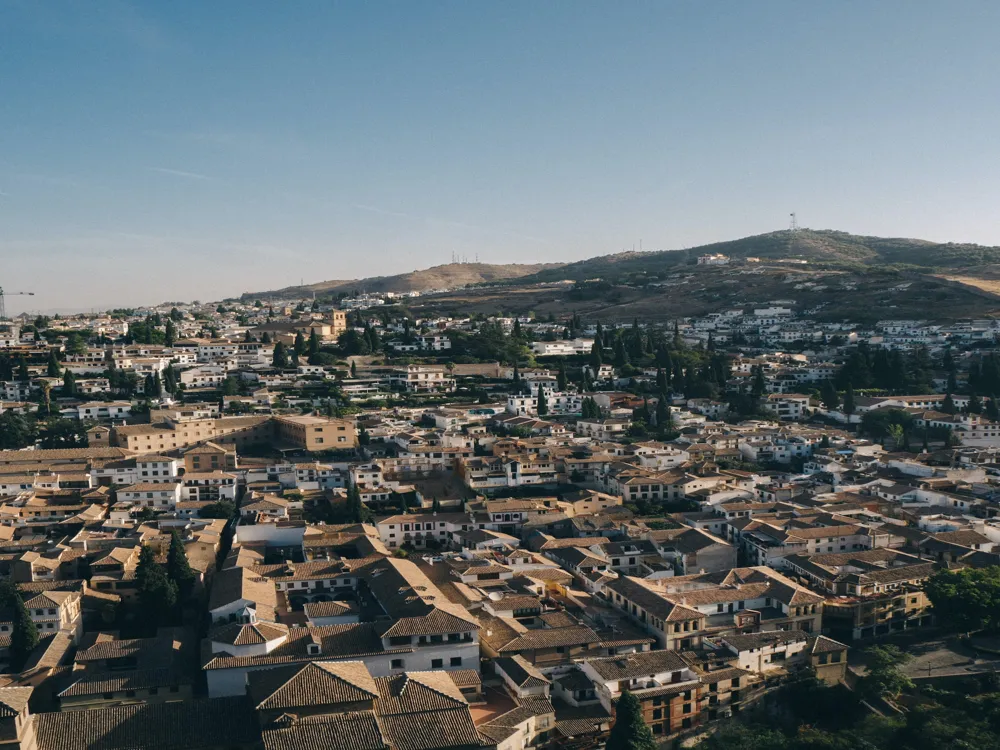
Also known as the Madraza de Granada or Yusufiyya, the Madraza Palace was a mosque school that was founded by Yusuf 1, the Nasrid monarch in 1349. Currently, it is a part of the University of Granada as well as the seat of Real Academia de Bellas Artes de Nuestra Senora de las Angustias.
Located on the Calle Oficios street, the Madraza Palace is in the heart of the city near the main mosque which is the present site of the Granada cathedral. Being the first university to get established in Granada, it got its name Yusufiyya which means the house of science. The major subjects taught there was law, medicine and mathematics. In the 18th century, the Madrasa was demolished completely and then got replaced by a palace which stands high now. Some of the original Moorish features left there is the mihrab. The Baroque palace was built later and its arranged on the boundaries of a courtyard which has arches and Tuscan columns decorating it. Presently, it houses various departments of the University of Granada.
Read More
Plaza Isabel la Catolica
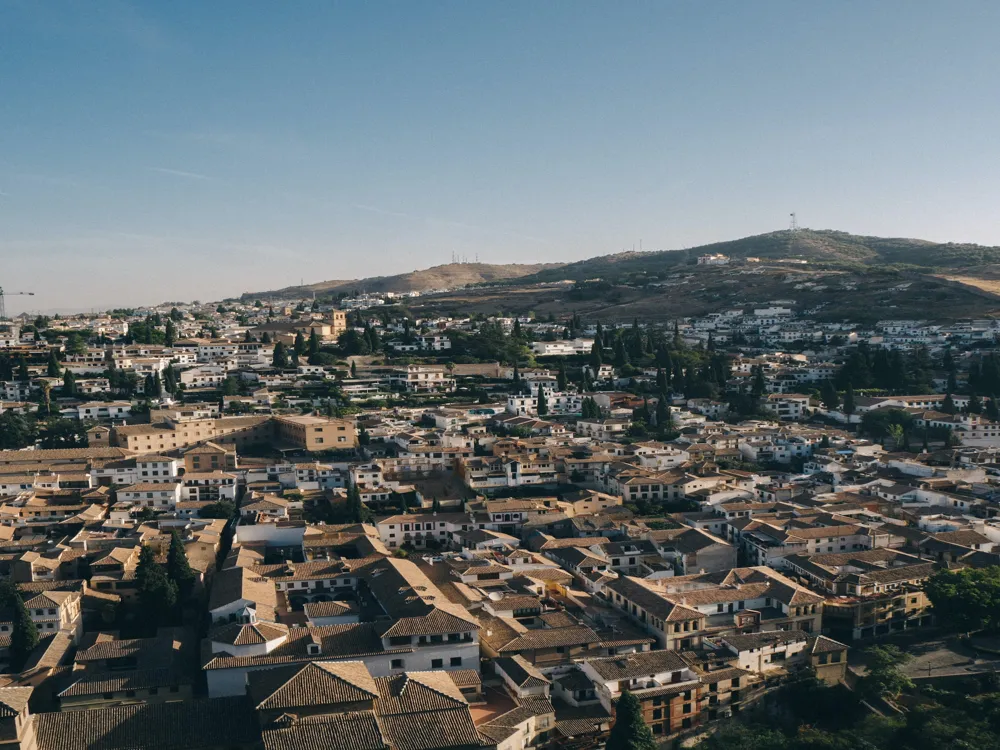
Plaza Isabel la Catolica is situated at the intersection of the Calle Reyes Catolicos and Gran Via de Colon, the two grand boulevards of Granada. This small square at the intersection has a statue of Columbus with Queen Isabel. A beautiful fountain is present beside the statue.
Located in the historic centre of Granada, the Plaza Isabel la Catolica is right at the intersection of Pavaneras street and Gran Via, in the beginning of Reyes Catolicos and opposite the Santander bank building. It was built in 1962, when Manuel Sola Rodriguez Bolivar was the mayor, in order to increase the permeability in that neighbourhood. There is a bronze sculpture of Queen Isabel la Catolica and Cristobal Colon, which was the masterpiece of sculptor Mariano Benlliure. It shows Isabel the Catholic accepting the propositions made by Christopher Columbus regarding the permission to commence his journey. It was sculpted in Rome in 1892 for the Fourth Centennial of the Discovery of America. Though the official name is something different, it is also known as La Plaza de Colon- Columbus Square.
Read More
Royal Chapel
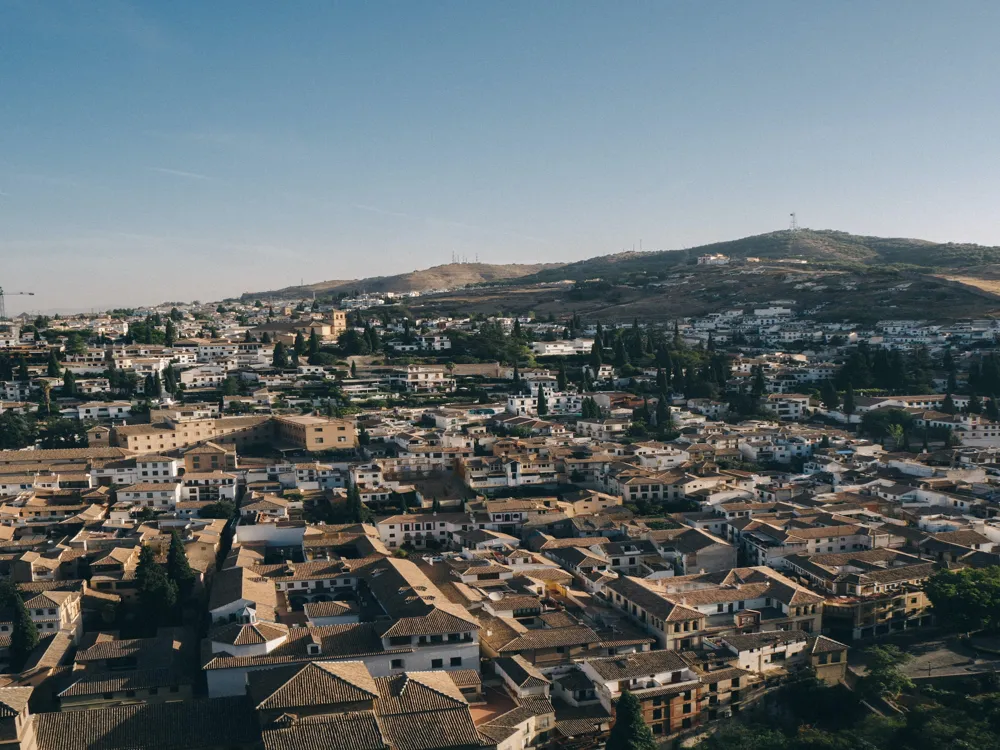
The Royal Chapel houses the tombs of King Ferdinand II and Queen Isabella I, the monarchs who conquered the city. Although built in Gothic architecture, the tombs are made in the Renaissance style. There is a museum inside the chapel as well. It is located near Granada Cathedral.
The Royal Chapel or the Capilla Real is one of the most stunning piece of architecture by the Catholic Monarchs in Spain. The royal chapel houses all the tombs of blue blood people. There is a 47-meter-high dome highlighting the chapel which is attached to the Catderal Santa Maria de la Encarnacion. This was an addition to the cathedral and was built during the early 16th century, following the Gothic style of architecture. The interiors are very well decorated with seven large paintings by Alonso Cano and stained glass windows. The Tomb of Ferdinand and Isabella is made of Carrara marble sculpted by Domenico Fancelli of Florence. To the left, one can find the tomb of Philip the Handsome and Joan the Mad, sculpted by Bartolome Ordonez. One of the best features of the Royal Chapel is the sacristy, which is a collection of artworks, including Christ on the Mount of Olives by Botticelli, Pieta by Rogier van der Weyden and Descent from the Cross by Hans Memling.
Read More
Sacromonte
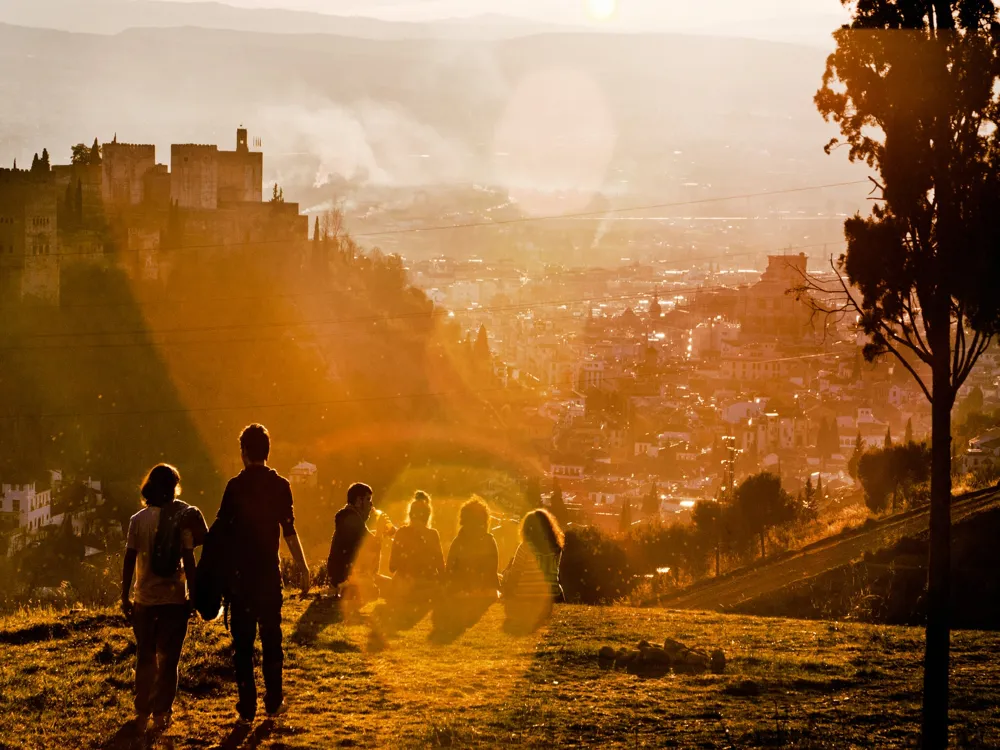
One of the neighbouring areas in Granada, the Sacromonte is located above Albaicn. There are a number of cave dwellings in this region, along with an interpretation centre which tells how the caves originated. One can have a brilliant view over Granada from the Mirador San Miguel Alto.
Sacromonte, a gypsy district situated in the east of the Albaicn, is known for its uniqueness and relative isolation. It is demarcated by Cuesta Chapiz. Known for its popular cave dwellings built within the sides of the hill, the town is pretty popular among the locals and the hippies. Sacromonte is also famous for its flamenco shows and beautiful views of the Alhambra. For reaching Sacromonte, one can take buses to Paseo de los Tristes and then walk up to Cuesta Chapiz. Talking a nice stroll along the Camino del Sacromonte will allow to indulge in the culture of that region. One can also visit the Museo Cuevas Sacromonte as well as the Sacromonte Abbey. The museum provides information about the neighbourhood and exhibits various displays about the caves, the people and the form of living in that region.
Read More
Granada Travel Packages
View All Travel Packages Granada
Nearby Places Granada
Browse Package Collections
Browse Hotel Collections











